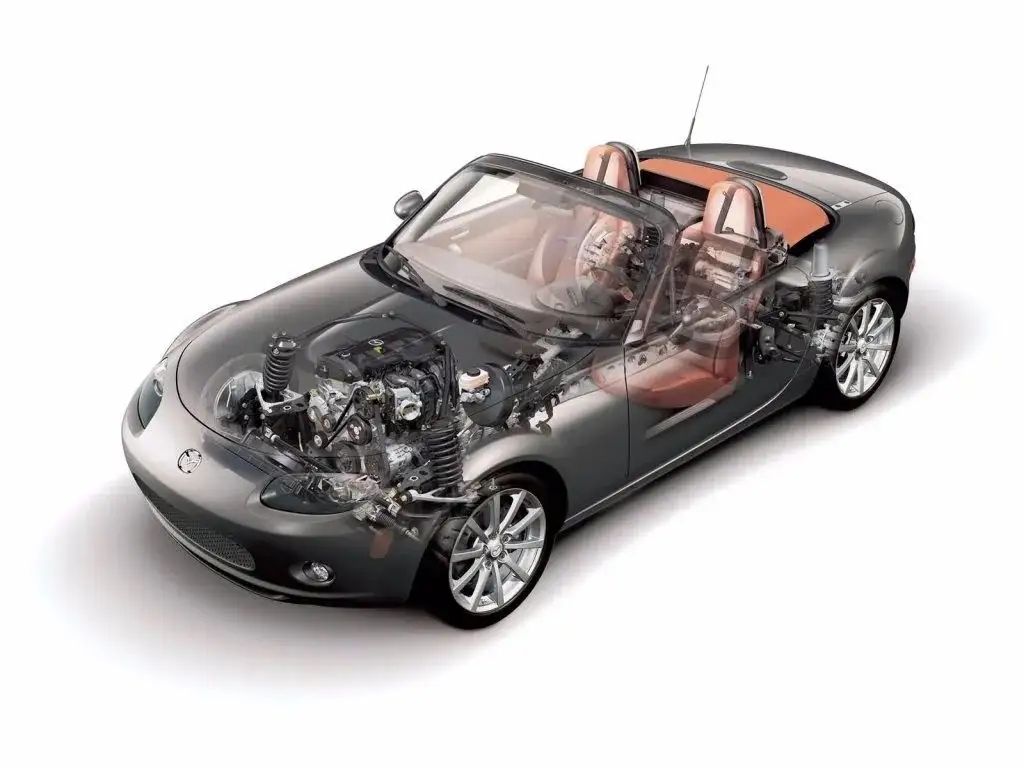 English
English Español
Español  русский
русский  日本語
日本語  Português
Português  Français
Français  Deutsch
Deutsch  tiếng Việt
tiếng Việt  Italiano
Italiano  Nederlands
Nederlands  ภาษาไทย
ภาษาไทย  Polski
Polski  한국어
한국어  Svenska
Svenska  magyar
magyar  Malay
Malay  বাংলা ভাষার
বাংলা ভাষার  Dansk
Dansk  Suomi
Suomi  हिन्दी
हिन्दी  Pilipino
Pilipino  Türkçe
Türkçe  Gaeilge
Gaeilge  العربية
العربية  Indonesia
Indonesia  Norsk
Norsk  تمل
تمل  český
český  ελληνικά
ελληνικά  український
український  Javanese
Javanese  فارسی
فارسی  தமிழ்
தமிழ்  తెలుగు
తెలుగు  नेपाली
नेपाली  Burmese
Burmese  български
български  ລາວ
ລາວ  Latine
Latine  Қазақша
Қазақша  Euskal
Euskal  Azərbaycan
Azərbaycan  Slovenský jazyk
Slovenský jazyk  Македонски
Македонски  Lietuvos
Lietuvos  Eesti Keel
Eesti Keel  Română
Română  Slovenski
Slovenski  मराठी
मराठी  Srpski језик
Srpski језик
Comparison of five different waste gas treatment technologies in the rubber products industry
2022-06-28
In the waste gas treatment of rubber product production, some effective treatment methods have been formed, but due to different treatment methods, the treatment effect and advantages and disadvantages are also different.
1. The combustion method has a high treatment efficiency and can treat the exhaust gas with a large concentration at one time, but the treatment process also requires a large amount of fuel consumption, and must be carried out continuously, accompanied by the emission of nitrogen oxides, so the cost is high;
2. The biological treatment method can treat low-concentration waste gas and has the advantage of low cost, but the treatment effect of high-concentration waste gas is not good, it takes up a lot of space, and the biological environment is difficult to obtain, so it is inconvenient;
3. Although the activated carbon adsorption device is economical, practical and widely used, with the intensification of environmental protection inspections in various places, this device is increasingly unable to achieve discharge standards;
4. Photocatalytic oxidation technology is a treatment process that uses ultraviolet light as a catalyst to oxidize substances in rubber waste gas with oxidizing substances such as air and oxygen under specific pressure and temperature conditions. This method is the same as the above two. Compared with this method, it has obvious advantages, its processing efficiency is high, and it does not require higher temperature conditions, and the cost is relatively low. Its disadvantage is that the deodorization and deodorization effects are obvious, but it cannot purify the volatile organic waste gas components in the rubber waste gas.
5. Plasma decomposition method, after years of engineering practice experience, has a remarkable effect in the treatment of volatile organic waste gas, and has obvious advantages in terms of space occupation, fuel consumption, secondary pollutant generation, etc. The concentration has strong adaptability, can efficiently purify the flue gas, waste gas and malodorous gas generated in the rubber product industry, and has strong applicability to the exhaust gas generated by the rubber product industry.
1. The combustion method has a high treatment efficiency and can treat the exhaust gas with a large concentration at one time, but the treatment process also requires a large amount of fuel consumption, and must be carried out continuously, accompanied by the emission of nitrogen oxides, so the cost is high;
2. The biological treatment method can treat low-concentration waste gas and has the advantage of low cost, but the treatment effect of high-concentration waste gas is not good, it takes up a lot of space, and the biological environment is difficult to obtain, so it is inconvenient;
3. Although the activated carbon adsorption device is economical, practical and widely used, with the intensification of environmental protection inspections in various places, this device is increasingly unable to achieve discharge standards;
4. Photocatalytic oxidation technology is a treatment process that uses ultraviolet light as a catalyst to oxidize substances in rubber waste gas with oxidizing substances such as air and oxygen under specific pressure and temperature conditions. This method is the same as the above two. Compared with this method, it has obvious advantages, its processing efficiency is high, and it does not require higher temperature conditions, and the cost is relatively low. Its disadvantage is that the deodorization and deodorization effects are obvious, but it cannot purify the volatile organic waste gas components in the rubber waste gas.
5. Plasma decomposition method, after years of engineering practice experience, has a remarkable effect in the treatment of volatile organic waste gas, and has obvious advantages in terms of space occupation, fuel consumption, secondary pollutant generation, etc. The concentration has strong adaptability, can efficiently purify the flue gas, waste gas and malodorous gas generated in the rubber product industry, and has strong applicability to the exhaust gas generated by the rubber product industry.
It can be seen from the above analysis that in the treatment of waste gas from rubber products, it is not wise to simply use a single purification technology. It is necessary to use a combination of multiple treatment methods to treat the waste gas most effectively.

Previous:Knowledge of BIIR
X
We use cookies to offer you a better browsing experience, analyze site traffic and personalize content. By using this site, you agree to our use of cookies.
Privacy Policy
-
E-mail
-
Call Us
-
Address
No.17, Huli Park, Tongan Industrial Concentration Area, Xiamen 361100 China
Inquiry For Price List
For inquiries about stabilizer bushing, dust cover, horse rubber parts or price list, please leave your email to us and we will be in touch within 24 hours.




